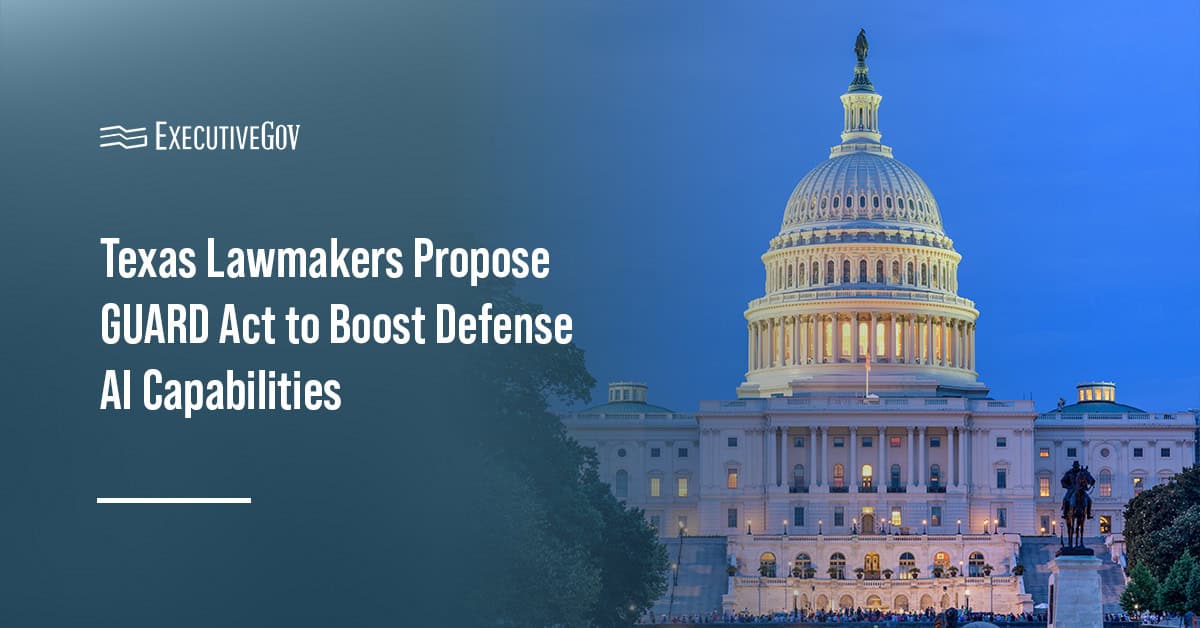The Office of Management and Budget issued a guidance to federal agencies on the registration, use and renewal of the .gov domain.
According to a memo signed by OMB Director Shalanda Young, agencies must use government domain names to provide official information and limit utilization of non-government Internet addresses.
Government domains such as .gov and .mil must be used to offer official information, communications or services, since they are already established as trustworthy sites for the public, the guidance stated.
In alignment with the new federal zero trust architecture strategy, OMB may require federal agencies to justify their continued use of non-.gov domains and order them to retire those names if necessary.
The memo gives offices 180 days to review their previously registered domains and naming conventions to ensure compliance with new requirements.





